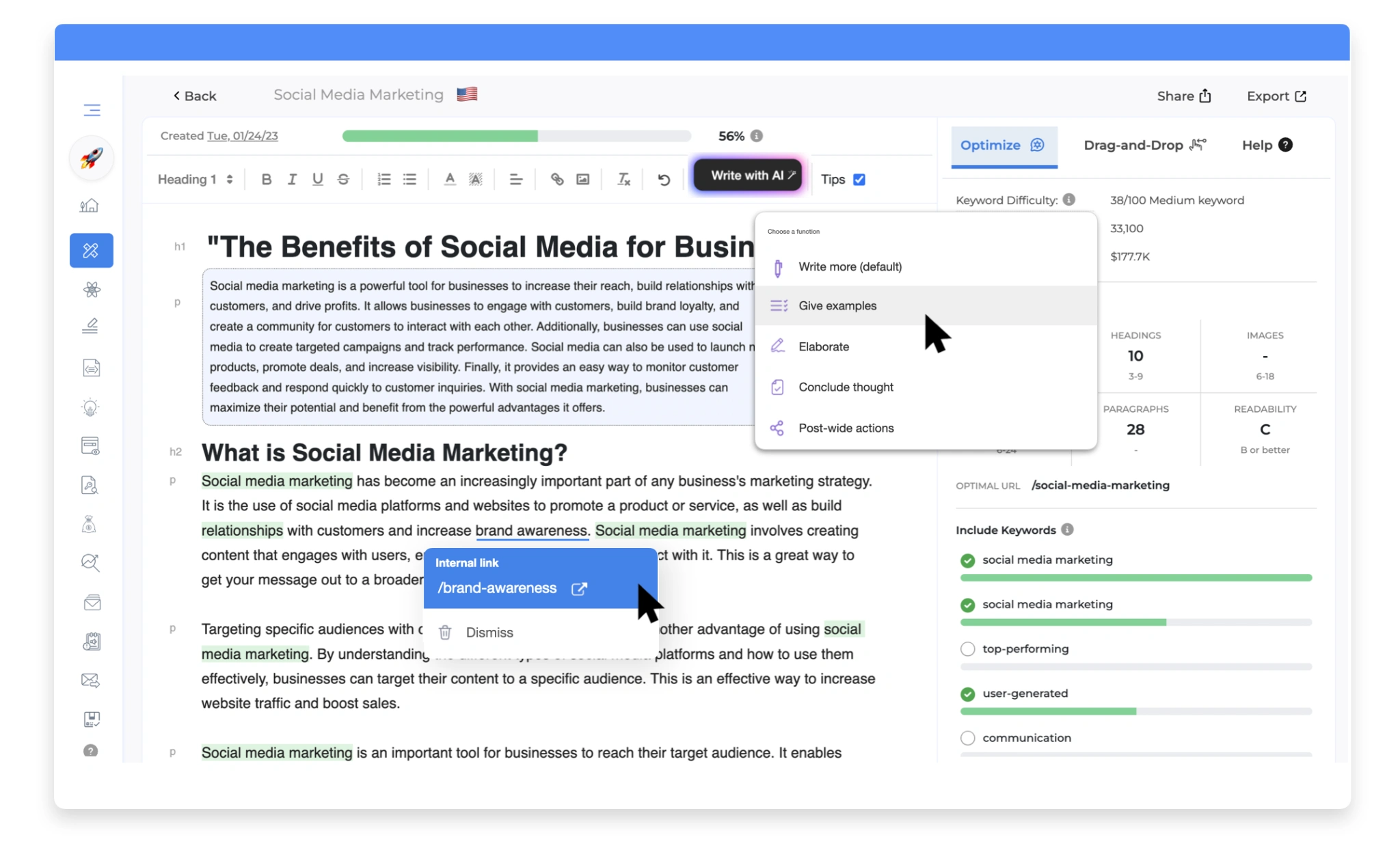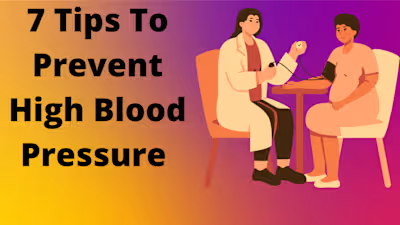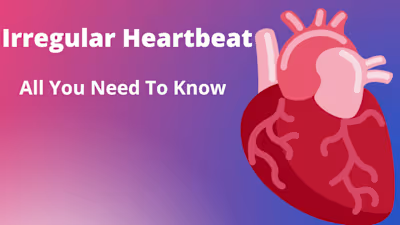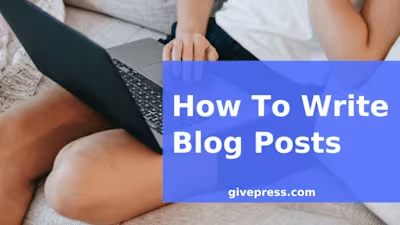How To Do SEO For Small Local Businesses?

A study reveals that 97% of people who search online look for local businesses and service providers; so optimizing your business to appear in search results is a goldmine. However, one formula doesn’t fit all when it comes to doing SEO for small local businesses, your business may require two local SEO tactics while others may require several of them.
For example, you may need only a Google Maps profile while others may require a website, Google Maps profile, backlinks, and the leverage of influencers. So this guide reveals the best tips you can follow to bring in customers or revenue for your small local business.
Let’s begin.
What Is SEO For Small Local Businesses?
SEO for small local businesses like the name sounds is optimizing your small local business with or without a website to attract local customers through search engines and other online platforms. The main aim of this SEO is to target relevant local customers and drive them to visit a small local physical business or make a purchase online.
Does SEO Work For Small Local Businesses?
Yes, SEO works for small local businesses if you do it with the best practices. Search Engine Optimization can be valuable for small businesses, it’s making your website or brick-and-mortar business more visible online. When people in your local area search for your products or services, you can show up in SERPs.
For example, imagine you own a small coffee shop in New York City, when people nearby search for “best coffee shops in NYC”, the best SEO practices can help your coffee shop website or listing appear at the top of the search results. This visibility can make the right people discover and visit your cafe.
While SEO doesn’t guarantee instant results, it offers long-term benefits. As your business visibility increases, more people learn about you which can translate into high foot traffic, sales, and strong local customers. So for small local businesses, investing in SEO can be a wise and fruitful decision.
14 Easy Hacks To Nail, Craft, And Do SEO For a Small Local Business
With the best SEO practices, you can raise brand awareness, build customer loyalty, and drive revenue for your small local business. Use these hacks to nail SEO for your small local business.
1. Define your target audience
A crucial part of doing SEO for your small local business is to define your target audience in the local community. Delve into specific characteristics, behaviors, and preferences of individuals you want as customers. This approach allows you to capture their pain points and tailor your online presence to meet their needs well. Analyze your audience using these traits.
Age
Gender
Income levels
Occupation/Career
Interests and habits
Lifestyle
And more
You can use this free tool to build a buyer persona and target them for your business.
2. Define what local means to you
Next, define what local means to you as a business owner because 46% or 1.6 billion of online searches include a location. Let’s take the United States, for instance, New York City is a local territory. In the same vein, each state in the U.S. is a local entity for some businesses. You can also consider the entire U.S. as a local territory.
China, Canada, or any country and its respective provinces/states or regions can be local. So depending on your business or products, local can mean different to you from others.
Pinpoint specific neighborhoods or districts that contain your audience. This data aids in localizing your SEO efforts to areas that matter most for your business. Stay aware of local events, festivals, or gatherings. Tailoring your content around these events can enhance your community engagement.
3. Use the right domain
The domain, which is the web address of your business’s online presence, plays a great role in how search engines assess and rank your website. It also helps potential customers grasp your business by looking at the name. If your business is well-known locally, using it as the domain can reinforce brand recognition.
You can also incorporate local keywords into your domain. For example, if you run a bakery in New York, a domain like “NYCBakery.com” can help signal local relevance to search engines and potential customers.
You can use a country code top-level domain (TLD) if your business operates in a specific country. For instance, “.us” for the United States, “.uk” for the United Kingdom, and “.gh” for Ghana in Africa. However, a domain is only necessary if you want a business website.
4. Have a responsive site
In the realm of SEO for small local businesses, a responsive website is crucial. A responsive website adapts and functions well on all devices and screen sizes, giving viewers an optimal experience.
A responsive website is not only meeting technical requirements; it’s prioritizing user experience, aligning with search engine preferences, and positioning your site for success in the local market.
Most site builders like WordPress, Syteme.io, Squarespace, Weebly, Webflow, and others are responsive and the platform to use depends on your needs or the product you sell. A responsive site is foundational for great local SEO and contributes to higher search rankings, user engagement, and the growth of your small local business.
5. Target the right keywords
Targeting the right keywords is vital for blogging and optimizing your small local business website. You can also use keywords to ideate content, build site structure, and optimize your Google My Business Profile.
Choosing relevant and high-performing keywords helps your website appear in search results when potential local customers are looking for the products or services you offer. Keywords are Phrases or words people type into a search engine when looking for stuff online.
Consider the intent behind local queries. Are people searching for information, services, products, or local businesses? Tailor your keywords or content to match with what they are looking for (the searcher’s intent). For instance, search intent helps you include navigational keywords like “near me”, “close to me”, or “in the city”. Customers searching for nearby businesses most often use these terms, so include them in your content and headlines.
You can use several tools to find the right keywords for your small local business. For example, when I began my side hustle, I found the right keywords using Growth Bar and Ahrefs. Growth Bar helps you find low-competition keywords and create high-quality content for those keywords, while Ahrefs offers keywords and backlink data. So these two tools can help new blogs and established ones build revenue-driven keyword keyword strategies.

6. Create local content
Content fuels the internet. As a small local business owner, create content to address the needs, interests, behaviors, pain points, and characteristics of your local customers. Incorporate local keywords (point 5) in your content and help local customers discover your business in search results.
Local content can take various forms including blog posts, landing pages, videos, podcasts, social media posts, and multimedia like photos, infographics, and images. The content can feature local events, news, testimonials, upcoming webinars, and all forms of insights, guides, and tips that position your business as a valuable resource for your local audience.
Creating local content is not only popping out information; it’s building a narrative that resonates with folks in your community. This approach establishes a great connection between your small business and the local customers you aim to serve. Craft clickable headlines, introductions, descriptions, and conclusions, and utilize content calendars and AI to 10X your output.
7. Fix basic SEO issues
Another crucial hack to nail SEO for small local businesses is to fix basic SEO issues like meta titles, and descriptions, and craft captivating headlines.
The title tag is a critical factor in attracting clicks and improving search rankings. Incorporate relevant keywords in your title to reflect your main article or page. Relevant keywords in titles and pages help search engines understand your content and enhance its visibility in local searches.
Meta descriptions are previews of your entire content and help searchers grasp your content before clicking to read it. Craft a unique meta description for each page/post on your website, uniqueness helps search engines and readers understand the content of each page/post.
Use Call-To-Actions (CTAs) in your meta descriptions. Phrases like “Learn more”, “Discover”, “Read more” or “Find more” can entice users to click your pages. Highlight the value customers will gain when they click your pages. Is it information, solution, or entertainment?
Structure your headers in a hierarchy format. Use H1 for the main title of the page, H2 for section titles, and H3 for subsections. This hierarchy helps search engines and readers understand your content well. Include relevant keywords in your headers but don’t overstuff them.
Negative technical SEO tactics can also affect your rankings and SERP visibility. So spend some time to identify and address issues like;
Sow pages
Site map errors
Duplicate contents
Crawl problems
Broken links
Schema markup
And more.
8. Leverage links
Links are crucial for small local businesses, internal, external, and backlinks. Use internal links to guide users and help them discover relevant information on your site. Use descriptive or relevant anchor text for internal links because it provides better context to readers and search engines. External links are also crucial but don’t overload them in your content, ensure each external link serves a specific purpose.
Strive for backlinks from reputable websites. Backlinks are a ranking factor for search engines and contribute to building your site’s authority.
Prioritize quality backlinks over quantity. A few high-quality backlinks from authoritative sites have more impact than hundreds of low-quality ones.
According to Aira.net, most SEO experts believe that links influence organic search rankings. Aira surveyed SEO experts to know how effective link building is for business using a scale of 1-10.
9. Get on Google Maps
Don’t avoid Google Maps if you want foot traffic to your brick-and-mortar business. More than a billion people use Google Maps every month to search for local places, stores, and businesses.
Google Maps commands over 10 billion downloads on the Google Play Store with an average rating of 4.4. So listing your small local business on Google Maps will open several opportunities and increase your rankings on Google search.
You need a Google My Business Profile to appear on Google Maps. Google My Business is a free tool that helps businesses appear on Google Search, Maps, and Shopping. Utilize these brief steps to get on Google Maps.
Create a Google My Business Profile
Provide basic information about your business
Claim your Google Maps listing
Add advanced information to your Google Maps listing
Add Media like photos or images
Optimize, reiterate, and improve.
10. Get on local directories
Local directories can help increase your local awareness and search appearance. Getting on local directories also earns you backlinks which helps increase your small local business authority. You will not only build backlinks from local directories to your site but also appear on the directory pages that rank on search engines.
Identify and list your small local business on niche and industry-specific directories. These directories cater to specific interests or sectors making your business visible to the right customers. Also, list your business on association directories if you’re a member of that association. Listing in the association’s directory reinforces your credibility and connection in the industry. For instance, you can list your business in the following great places.
Google My Business (point 9).
Bing Places For Business
Yelp For Business
Lawyers.com
Facebook Marketplace
Apple Maps
Manta
Foursquare
And more.
11. Use local press mentions
Local press mention is a powerful strategy to enhance local SEO and build credibility for your business. Mentions in local press, websites, online magazines, and publications can positively impact your online visibility and reputation.
Local press mentions contribute to your business’s authority in local search results. Search engines consider mentions in reputable local sources a signal of credibility, and thereby boost your local rankings.
Mentions in online news articles can feature your business in Google News, this exposure can increase your visibility to local audiences.
Local press mentions not only give immediate exposure but also build a positive and lasting impression in your community. Engage with local websites or media, promote coverage, and manage online reputation to build a strong presence and trust among local customers.
12. Social media
Social media is not an SEO tactic for small local businesses but a supplement. Social media helps to discover customers you can miss on Google. While social media may not directly impact traditional SEO, it does contribute to local SEO signals, a considering factor for local search rankings.
Through active engagement on X, Instagram, Facebook, Pinterest, and Snapchat, you can extend your visibility and reach. Social media is a dynamic space for businesses to engage with local customers and build trust. So communicate with customers, and address their inquiries, and concerns because users often seek local recommendations on social handles before making purchases.
13. Use influencers
Like social media, influencer marketing is not a direct SEO tip but has the potential to hype your business and generate revenue in a short time.
Influencer marketing is effective in industries where visual content and storytelling play a significant role. Platforms like YouTube, Instagram, and TikTok provide influencers with a creative space to showcase products or services and drive engagement.
The influencer marketing industry may reach over 21 billion by the end of 2023 and the potential for small local businesses to use it can’t be denied. However, collaborations with influencers may cost more than you expect. For instance, here’s the breakdown;
$100-$2085 per post
$114-$3138 per video,
$43-$271 per Instagram story
14. Paid ads
Paid ads, while not a direct SEO tactic, are a dynamic and great way for businesses to achieve specific marketing objectives quickly. Paid advertising is a versatile and measurable way for small local businesses to reach the right customers and achieve tangible results.
Unlike organic SEO which takes time to build, paid ads deliver almost immediate results. Once you set up a campaign, ads can start appearing in search results or on various platforms, driving quick visibility. You can target specific demographics, locations, and interests with paid ads. Examples of ads to consider include,
Google ads
Facebook and Instagram ads
Bing ads
Display ads
X ads
LinkedIn ads
And more
Conclusion
This guide is not a one-size-fits-all SEO for small local businesses. Your approach depends on the products, services, location, budget, industry, and business goals. Small local businesses should approach SEO as a unique and dynamic strategy.
Regular monitoring, adaptation, and experimenting with different approaches are essential for success in the ever-evolving digital landscape. Understand your business needs and tailor the SEO efforts to address those needs.
We hope this guide helps you with your small business SEO.
Kindly reach out if you would like us to do SEO or content marketing for your business.
Like this project
Posted Jan 8, 2024
Here are 14 hacks to nail seo for your small local business. A study reveals that 97% of online searches include a location. So follow this proven hack to do s…
Likes
0
Views
11








